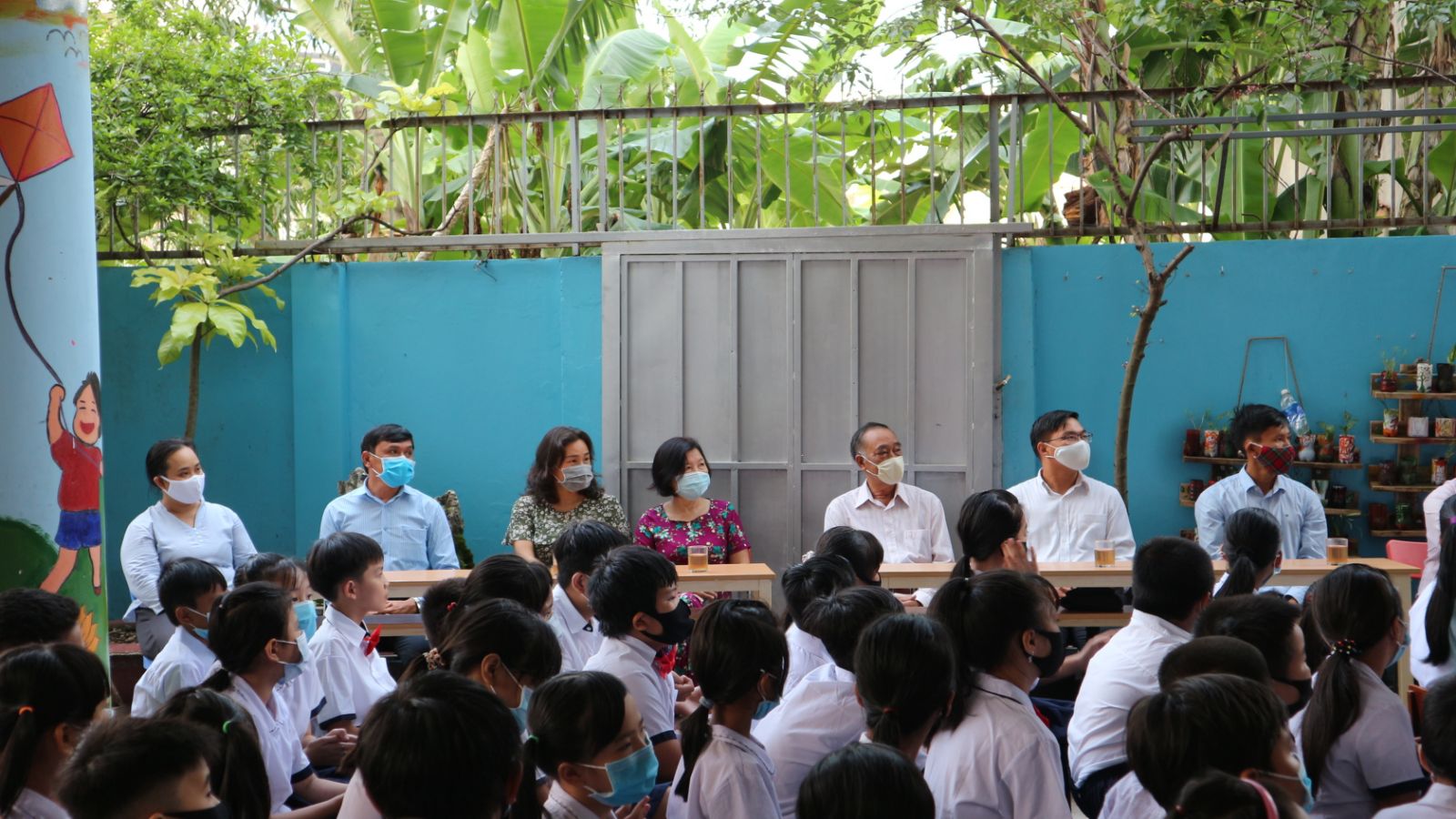
26 Mar LEAVE NOBODY BEHIND/VIETNAM
Covid pandemic hit Vietnam for the first time on January 23rd 2020 according to the government record. Since then, two outbreaks strongly affected Vietnamese society and widening the gaps for the poor to approach public services and subside from the Ministry of Labor, War Invalids and Social Affairs. Until now, Deputy Prime Minister Vu Duc Dam considers Vietnam is able to control the pandemic to maintain low infected cases in the community, however, the complex puzzles about the poor in the back stage has not yet revealed.
“Leave nobody behind”
Public sector and Non-governmental organizations implemented different campaigns to support Covid affected people from giving away micro-economic livelihoods, to creating the Rice ATM, or monthly allowance during lockdown time, even so, there were mobilization of migrants to return to hometown because of job unavailability in economic centers like Ho Chi Minh City, Ha Noi, Da Nang, etc.
Covid-19 uncovers the beautiful tile of stable society and displays a rough ground of discrimination, individualism as well as the delusive of “sustainable poverty escape” policy since 2008.
At Ai Linh Love School, a school for migrant children run by the Handmaids of the Sacred Heart of Jesus (ACI) there were approximately 5% – 10% students dropping-out from school to work for living or returning to their home town where they once left to find a better future because their family cannot afford living cost in Ho Chi Minh City. The shutting down of factories and construction sites also cut down their job opportunities. Hence, some parents have to go futher to where they live to find jobs. This realities demand from us a shelter for the children who have no one to care for them in the afternoon and in kinds support to the families who can’t find a job.
Vaccine for whom?
AstraZenecca will provide 204,000 vaccine doses for Vietnam in the first week of April, 2021 and prior for people with high risk to be affected by the virus such as care givers in quarantine centers, military members, and police officers. The second priority would be vulnerable people including inpatients, elders, and people living in centers of the pandemic. Beside the free vaccine dose for target group, paid vaccine is available soon later.
In theory, it is required 80% of the population vaccined in order to stop the contagious. Contrary, according to the statistic of Oxfam, 13% global population from rich countries reserved 50% amount of vaccine. At the result, the poorer country the scarcer chance to buy vaccine.
Furthermore, medical doctor Pham Nguyen Quy showed during the pandemic there are more patients came to the hospital with serious disease because they had waited for the ending of the pandemic to renew their social insurance or finding a job to have income before receiving treatment, which made their illness turned worse. Mental illness along with alcohol addiction were possible escapes in this deadlock. Domestic violence to women is getting higher so UNFPA and AusAid has just sponsored for Vietnam Government a dignity kits for women to protect themselves from violence because of Covid-19. The poor seems to have less power to change their state.
Last but not least, despite of the gray picture of the society affected by the pandemic, there are micro-finance support for community development come from non-profit organizations as well as kindness act campaigns by individuals generously responding to the needs of others.
Cecilia Trinh, aci
References:
Exemplars to Global Good Healths, Emerging COVID-19 success story: Vietnam’s commitment to containment on March 05, 2021
Dezan Shira & Associates Staff in Vietnam, Vietnam Business Operations and the Coronavirus: Updates on March 23 2021
Viet-Phuong La et al., Policy Response, Social Media and Science Journalism for the Sustainability of the Public Health System Amid the COVID-19 Outbreak: The Vietnam Lessons on 7 April 2020

